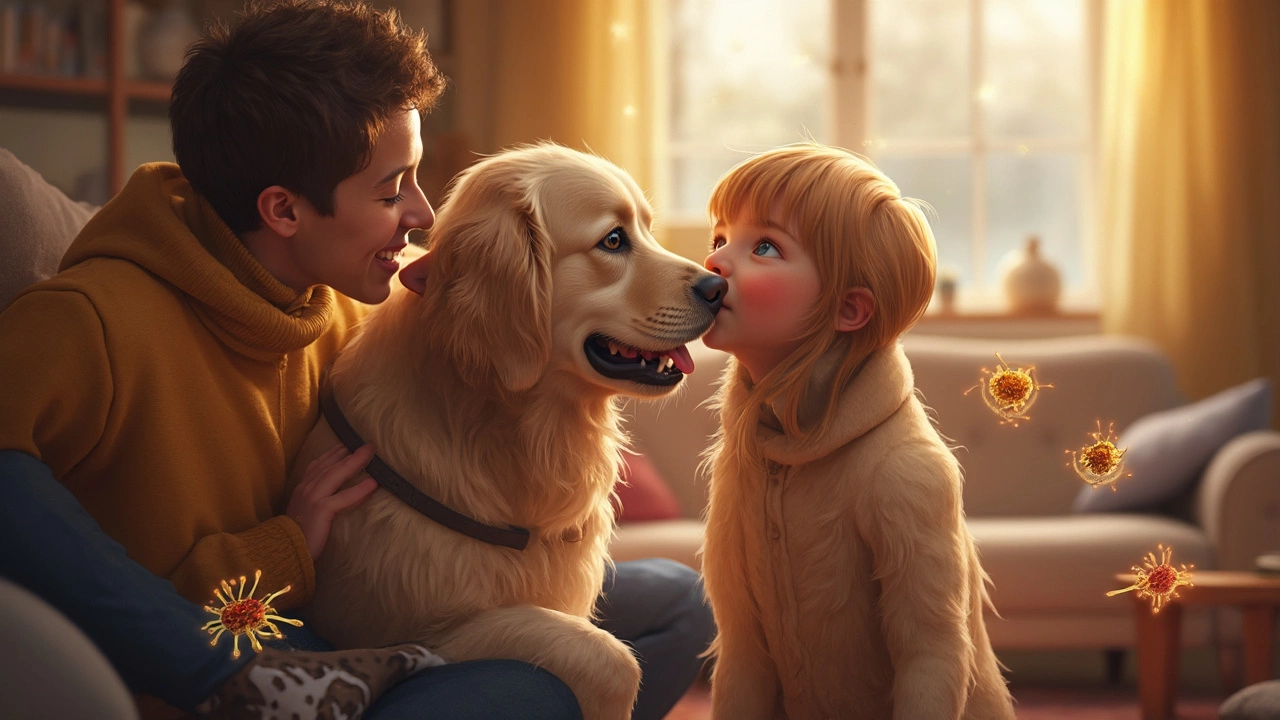Understanding Dog Lick: Reasons, Risks, and Tips
Ever wonder why your dog can’t stop licking the floor, your hand, or even itself? Licking is a natural dog habit, but when it goes overboard it can signal boredom, stress, or a health problem. Knowing the why helps you answer the how – how to keep the licking at a healthy level.
Common Reasons Dogs Lick
First off, dogs use their tongues to explore the world. A new scent or texture is a perfect reason to give it a lick. Second, licking can be soothing. Just like a kid sucks their thumb, a dog may lick to calm nerves after a fireworks show or a vet visit. Third, medical issues often hide behind a lick. Dry skin, allergies, gum inflammation, or even an ear infection can make a dog lick a specific spot over and over.
Don’t forget boredom. A dog stuck inside all day with little mental stimulation will find licking a cheap way to pass time. Finally, some dogs simply love the taste of salty skin. If you’ve been sweating, your pup might think your forearm is a snack.
How to Keep Excess Licking in Check
Start with a quick health check. Look at the area your dog focuses on – is it red, cracked, or swollen? If yes, a vet visit is the safest move. Simple things like brushing teeth, cleaning ears, and using a moisturizing paw balm can stop a lot of unwanted licking.
Next, boost enrichment. Puzzle toys, short training sessions, and regular walks give your dog a mental outlet. When a dog is busy solving a treat puzzle, there’s less time for a tongue marathon.
If stress seems to be the trigger, create a calm corner. A quiet spot with a comfy bed, a favorite toy, and a piece of your clothing (your scent) can lower anxiety. You can also try short, gentle grooming sessions to replace licking with a positive touch.
When the licking is just a habit, interrupt it gently. Say “no” or redirect with a chew toy the moment you see the behavior start. Consistency is key – don’t give in once in a while, or the habit will bounce back.
Lastly, watch your diet. Some foods cause skin itchiness, which leads to licking. A diet rich in omega‑3 fatty acids often improves coat health and reduces itch.
Remember, a lick isn’t always a problem. A quick lick after a walk can just be a dog saying thanks. But if the licking spikes, lasts for minutes at a time, or leaves marks on skin, it’s worth a closer look.
By checking health, adding play, calming stress, and offering alternatives, you can help your dog keep licking in the safe zone. Your pup will stay comfortable, and you’ll avoid the endless cleaning sessions that come with a lick‑marathon.

Should You Let Your Dog Lick You? Dog Health Facts You Didn't Expect
Curious if it's safe to let your dog lick you? This article breaks down what really happens when your dog gives you kisses, from the microbes involved to the risks and myths. Discover when licking could mean more than just affection and how supplements play a role in your dog's mouth health. You'll find smart tips and new research that help you decide what's best for you and your furry friend. Make sense of pet safety without the guesswork.
View more